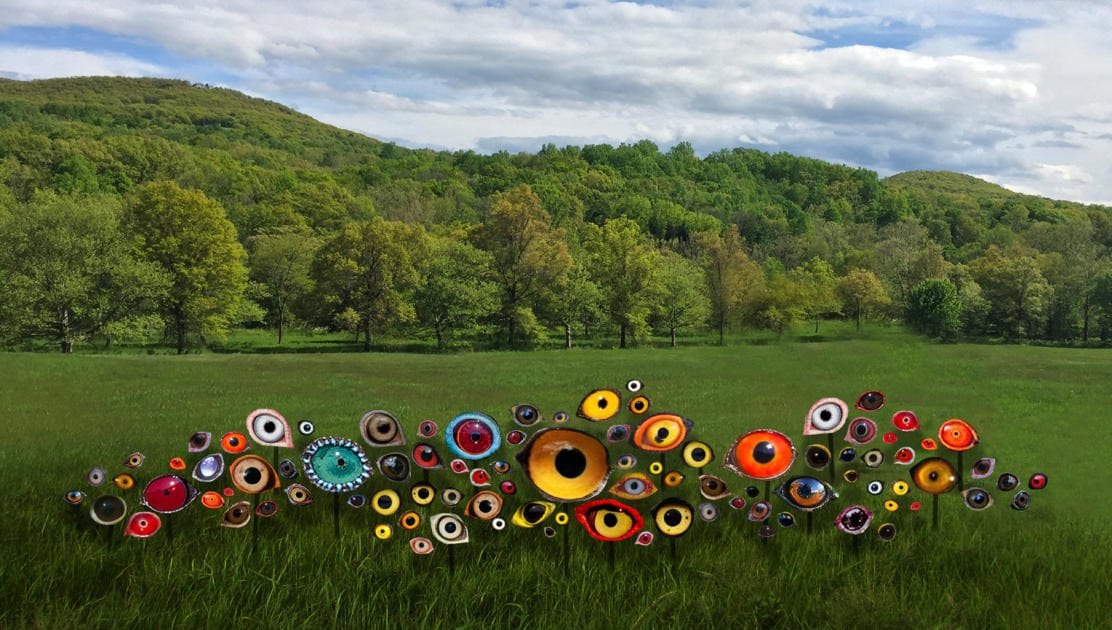Storm King Art Center Curator Nora Lawrence on Art and Activism
Q&A with Nora Lawrence
By Garrison InstituteTell us about Storm King’s upcoming exhibit, “Indicators: Artists on Climate Change.”
Since we were founded in 1960, we have had a history of thinking about art and nature in tandem, and also thinking about our own environmental mandate to be good stewards of our land and good neighbors in our community.
We have worked with artists on topics related to environmentalism in the past, but this is the first time that we’ve explicitly worked on an exhibition about climate change. We wanted to bring forth the voices of a number of artists who we know are thinking deeply about this issue and who we believe are great artists and great communicators. We wanted to approach the issue of climate change from myriad different directions, and have artists put forth projects that might ask people to think about the issue in new ways or different ways. While visitors are engaging with these works of art, they’ll also be in our natural space.
Because so much of the Storm King experience is outdoors, we think that we are offering a special way to experience artists responding to climate change. There are, I think, right around ten new projects that we’re installing outdoors. There’s also going to be a number of artists working indoors in our indoor galleries.
Can you give a specific example of a project?
Yes, I can tell you about a work by Jenny Kendler, a Chicago-based artist who is the artist in residence for the Natural Resources Defense Council. She is doing a project specifically about our Hudson River area called “Birds Watching.” She was exploring some of the many birds that are going to either become endangered or actually go extinct in the next 50-100 years in New York state due to climate change.
What she’s going to be doing at Storm King is creating large-scale replicas of their eyes, both because she has always found bird eyes to be very distinct from each other and very interesting, but also because of the way in which, of course, an eye is always looking back at you. Humans are the greatest cause of climate change, but we don’t necessarily always think about the effect that it’s going to have on other species. Jenny’s project is really asking viewers to think about these birds looking back at us and think about what we owe back to the birds.
Can you talk about the relationship between art and activism? What role can art play in our efforts to take action on climate change?
The conversation about climate change is so often scientific or sociological, but I think art is a different way of communicating with people and people respond differently to it. One artist in the exhibition, Hara Waltz, was recently talking about how art is different than science. She’s a conservation biologist, but she’s also an artist, and the way she put it was that, if she were thinking about a species going extinct, she might weep about it. In her art, she might talk about the fact that she was weeping about it. But, in her science, that would never come up.
Another artist in the exhibition, Justin Brice Guariglia, has spoken about the fact that art has been people’s connection to nature for so long—either through photographs or paintings or other types of images of the sublime. Thinking about art and climate change is another way of thinking about art bringing natural imagery or ideas of nature into people’s consciousness.
Storm King will present Indicators: Artists on Climate Change from May 19 through November 11, 2018.
